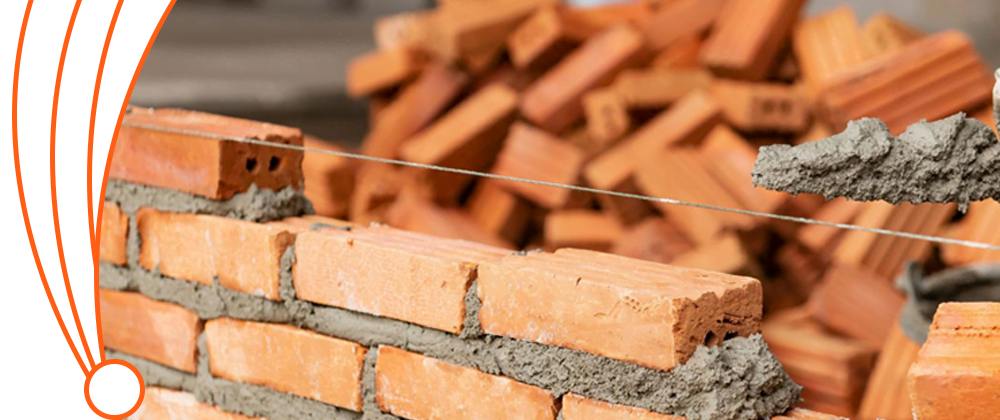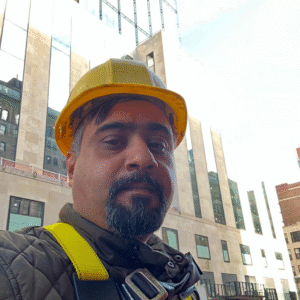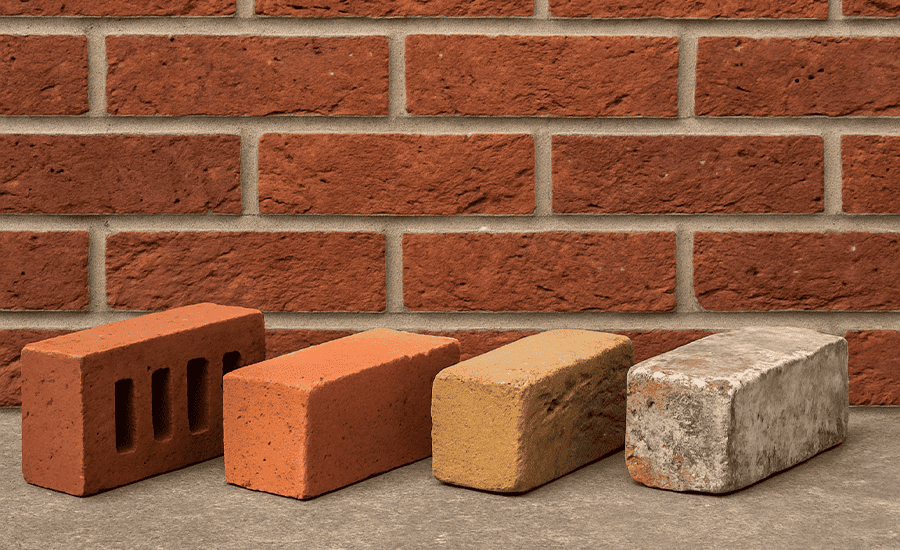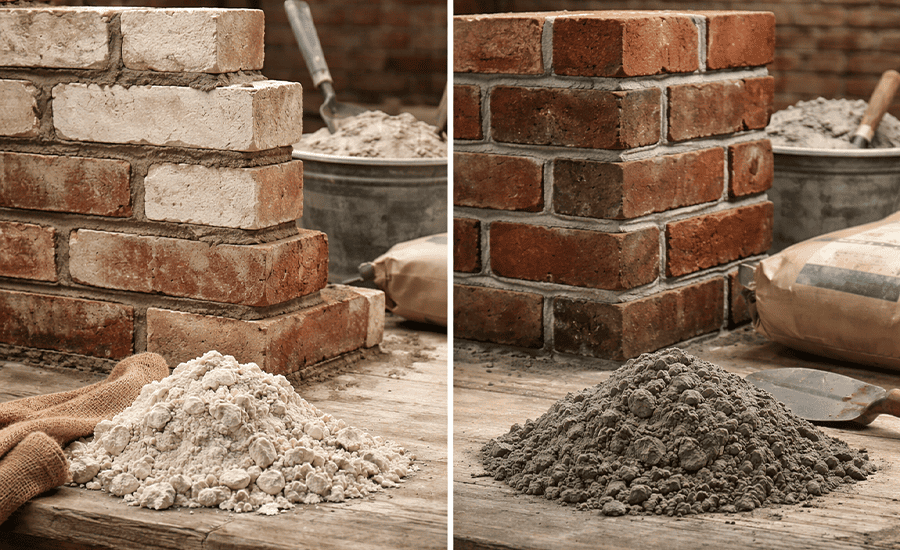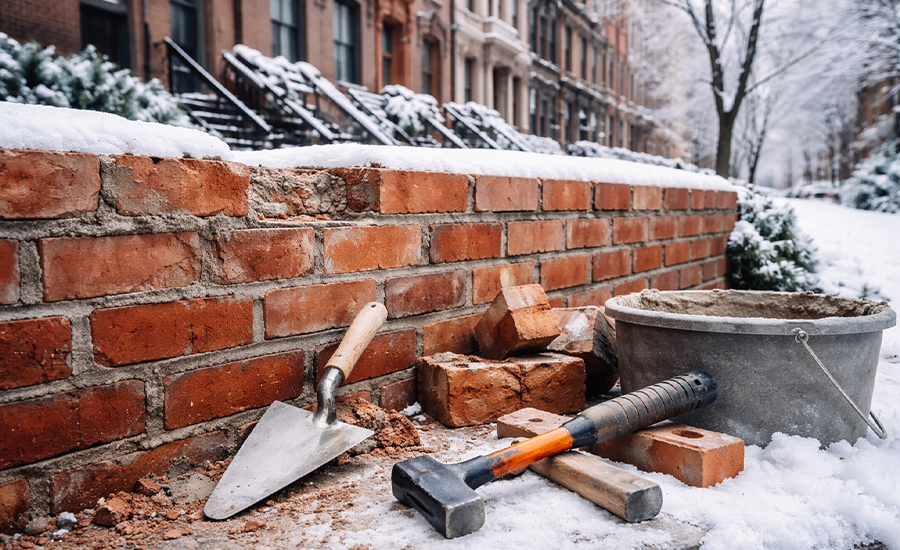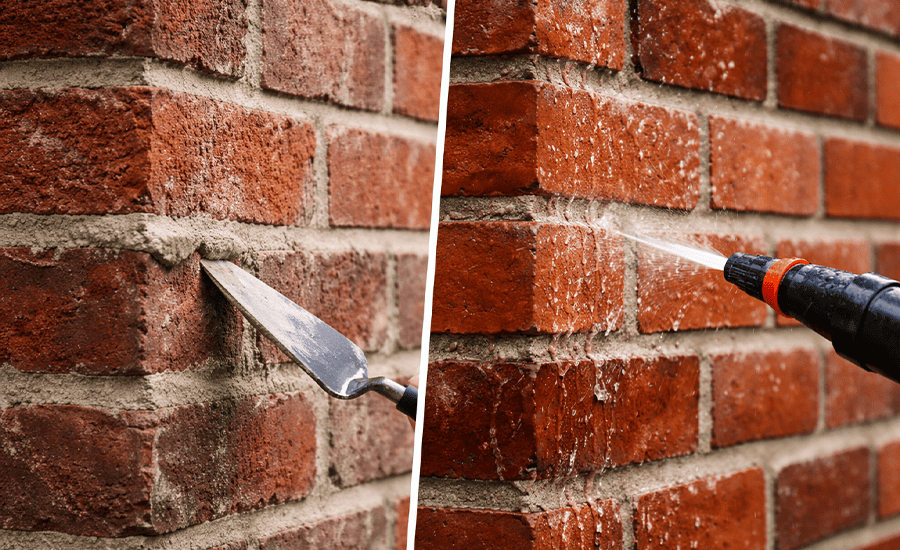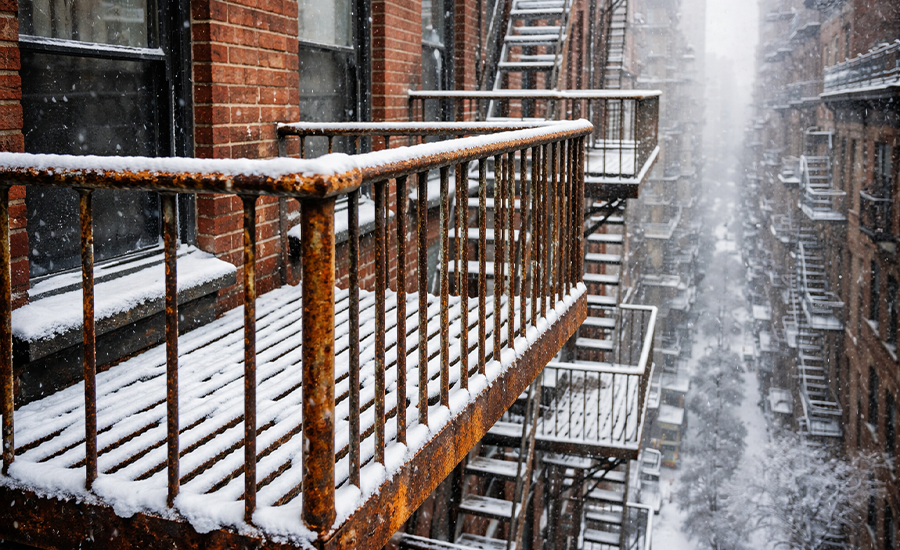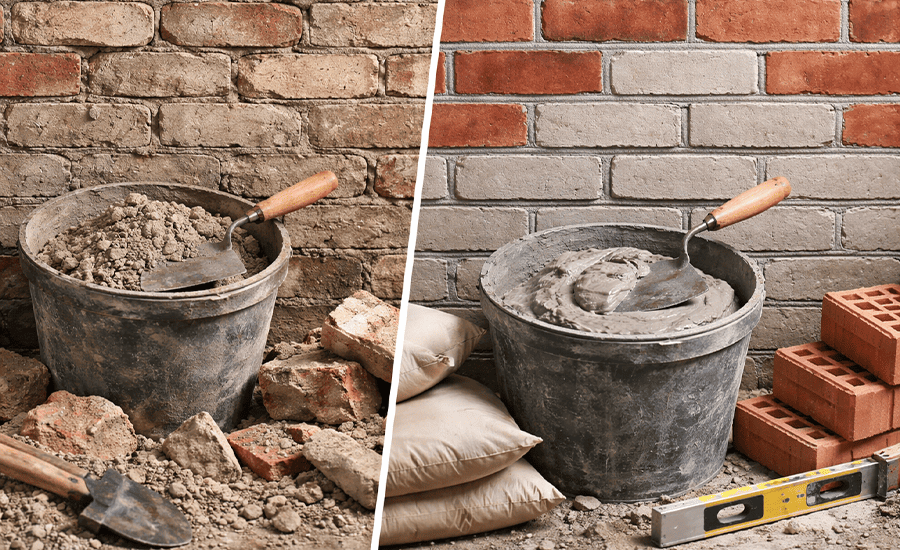Every brick has its composition, which includes density, compaction, porosity, and environmental effects. Recessed pointing is the method where mortar is set back slightly from the face of the brick, creating a clean, defined look. Masonry restoration plays a pivotal role in recessed pointing as it requires sharpness of the fine lines that are made. It is advised by the professional contractors that homeowners should opt for high-grade materials and tightly-grained bricks for durability and lasting strength of your masonry. So the answer to the above-asked question is, No! Recessed pointing is not suitable and applicable for all types of brickwork; it only goes well with water-resistant bricks.
In this blog, we’ll dive into the suitability of brick types in recessed pointing and the reasons to opt for recessed pointing:
Overview of Recessed Pointing
Recessed pointing involves the mortar joint style where the mortar is set for 3-5mm behind the brick face. It helps in creating the highlighting visual effects on each brick with shadow lines. It accentuates the brick shape and texture and is more likely to be applied in contemporary and decorative brickwork.
For a deeper understanding of how recessed pointing changes the look of walls, you can also read our cluster on how does recessed pointing affect the appearance of brickwork?
Reasons To Choose Recessed Pointing
Recessed pointing is always recommended for its excellent quality of decorative bricks, visual charm, and suitability in areas of low exposure:
- Aesthetic Appeal: Gives brickwork a defined, high-contrast look
- Highlights Brick Quality: Perfect for premium or decorative bricks
- Modern & Minimalist Style: Complements contemporary architecture
- Best in Low-Exposure Areas: Performs well where rain and wind impact are minimal
If you are comparing pointing styles, our detailed guide on What’s the Difference Between Repointing and Tuckpointing? will help you see where recessed pointing stands.
Weak Points of Recessed Pointing
As every pointing has its weak points, recessed pointing also comes with structural drawbacks, which lead to significant structural damage:
- Reduced Water Resistance: The Joint recess can hold moisture.
- Risk of Frost Damage: In cold climates, water can freeze and expand, which causes cracks in the masonry.
- Not Ideal for Exposed Locations: Wind-driven rain can enter joints.
- Maintenance: May require more frequent inspections and repointing.
To explore durability, you may also check How Long Should Brick Pointing Last? which highlights lifespan factors across different pointing types.
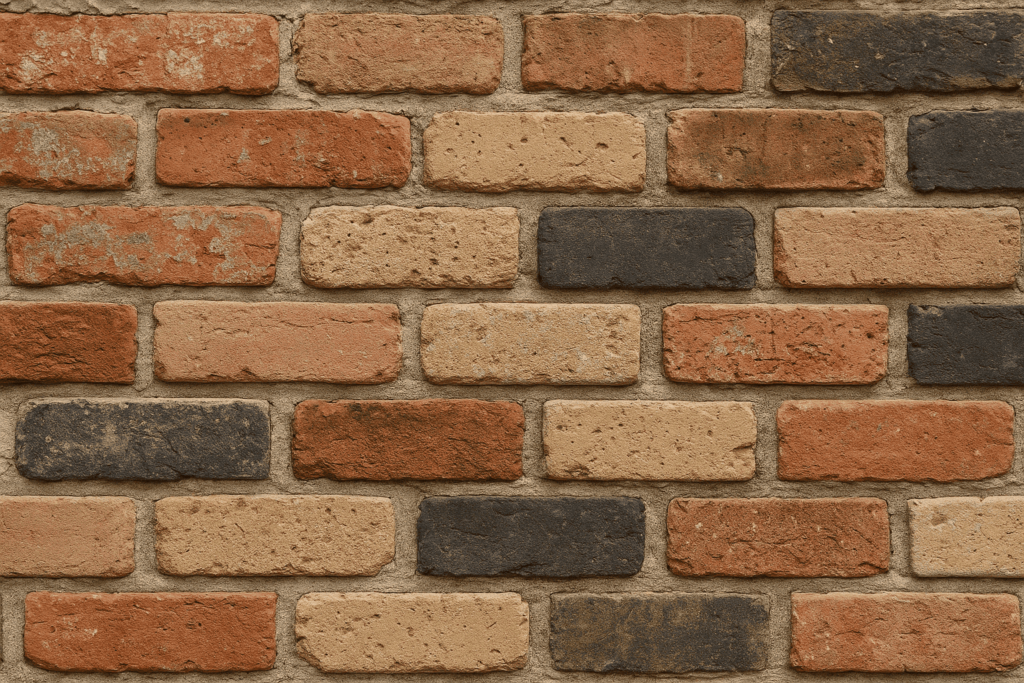
Applicability of Brick Type
Let’s have a look at the appropriateness of brick types while performing recessed pointing:
| Brick classification | Profile | Recessed pointing Compatibility |
|---|---|---|
| Cladding bricks | Visually refined architectural bricks | Yes, but with limited suitability |
| Load-bearing bricks | Tight-grained and water-shedding bricks | Recommended |
| Natural clay bricks | Soft and open-pore historic units | Not recommended |
| Lime-bonded bricks | Attractive but water-permeable units | Inappropriate |
| Cement-based bricks | High density and consistently moulded | Appropriate |
Elements Impacting Suitability
Have a look at the elements that are appropriate for all types of bricks when performing recessed pointing:
Environmental Conditions
- High rainfall + freezing = higher risk
- Dry/mild climates = better performance
Façade Orientation
- South-facing (Northern Hemisphere) dries faster
- North-facing may stay damp longer
Brick integrity
- New & dense bricks are better suited
- Old or soft bricks = higher moisture risk
Masonry bonding mix
- Use breathable mortar (lime-based for heritage)
Conclusion
Concluding this blog by, No! Recessed pointing is not suitable for all brick types. Recessed pointing only works well with bricks that are water-repellent and of premium quality. It’s recommended not to perform recessed pointing on heritage bricks and those that have less weather resistance. Always consult a professional contractor before performing recessed pointing for an enhanced look and lasting lifespan.
Sardar Restoration Corp. proudly serves every corner of NYC, including the Bronx, Manhattan, Brooklyn, Westchester, and Queens. Our services are designed to meet your needs, providing top-quality solutions wherever you are. Check our service areas to see how we can assist you in your location.
Contact us today at (+1) 917-355-8556 or sardarrestoration@gmail.com, or visit us at 2770 Fish Ave, Bronx, NY 10469, United States.
FAQs
Do you offer recessed pointing for all types of brick?
Yes! Sardar Restoration Corp. offers recessed pointing services on a wide variety of brick types, but it’s not advised to perform this on all kinds of bricks because it’s only applicable to water-resistant and durable bricks.
Can you check if my bricks are suitable for recessed pointing?
Yes! Our recessed pointing contractor in NYC can thoroughly inspect your brickwork and only go for it if we find that recessed pointing is suitable for your bricks and improves the strength and visual appeal.
Do you work on older or heritage bricks?
Yes! Sardar Restoration Corp. works on both modern and heritage bricks, but we work very carefully on soft clay, handmade, or historic bricks.
Do you handle repairs as well as new pointing work?
Yes! Sardar Restoration Corp. handles both the repairs and repointing services for damaged joints and makes sure to match the style and depth of your existing brickwork.
